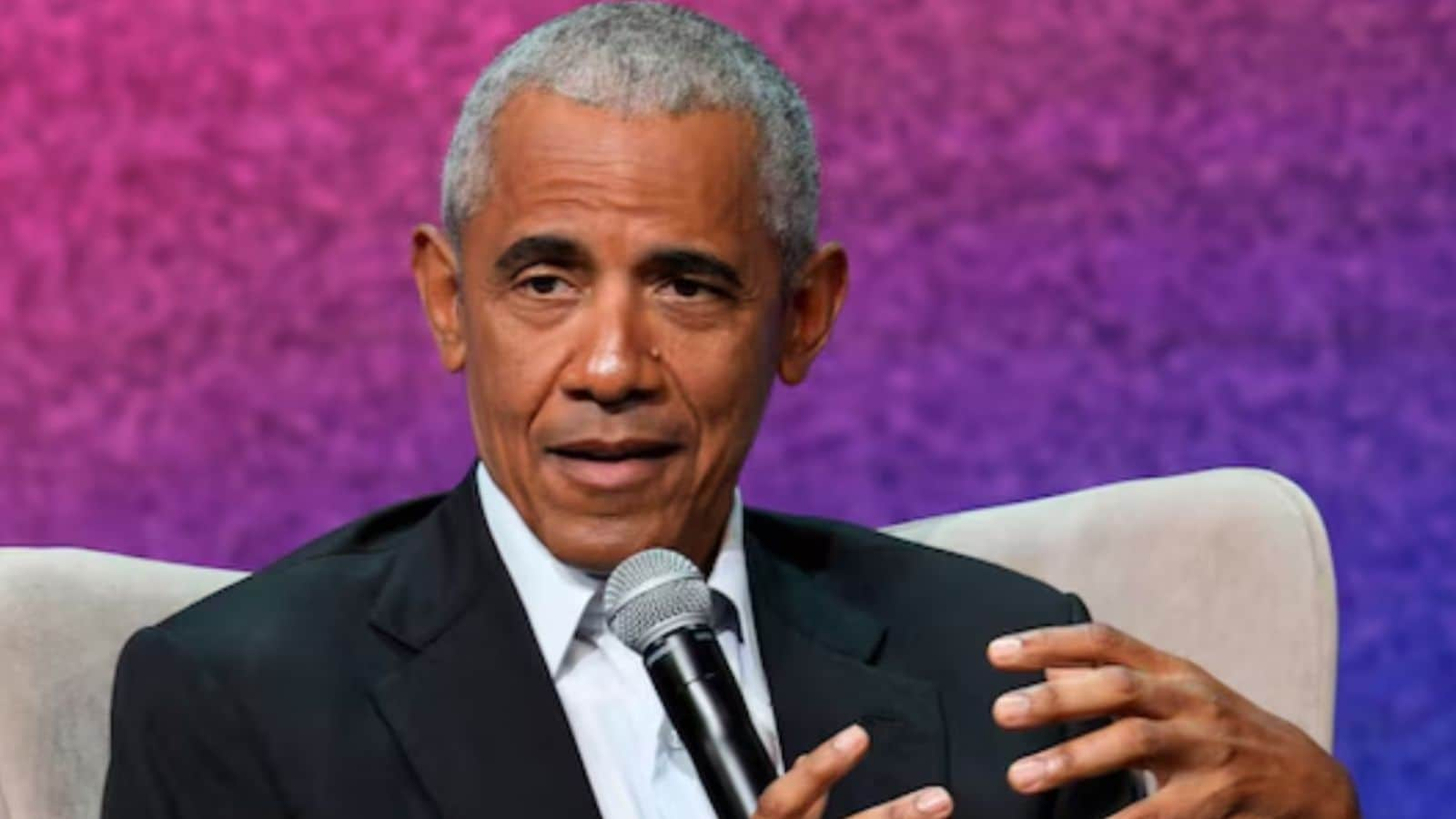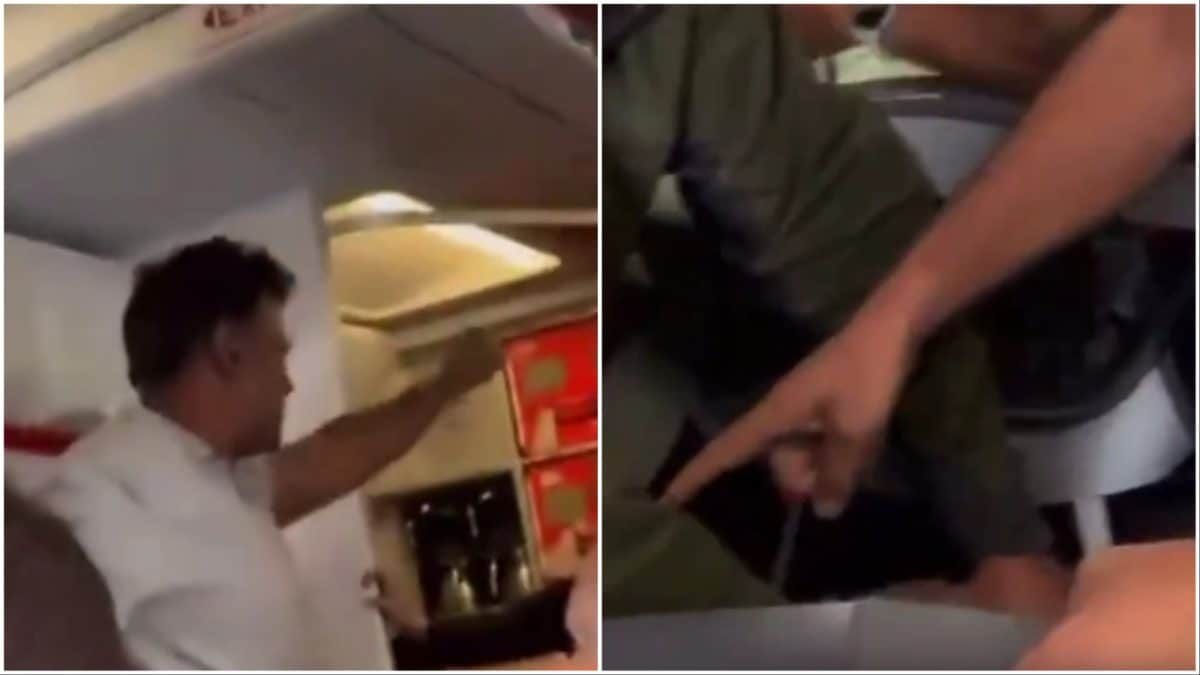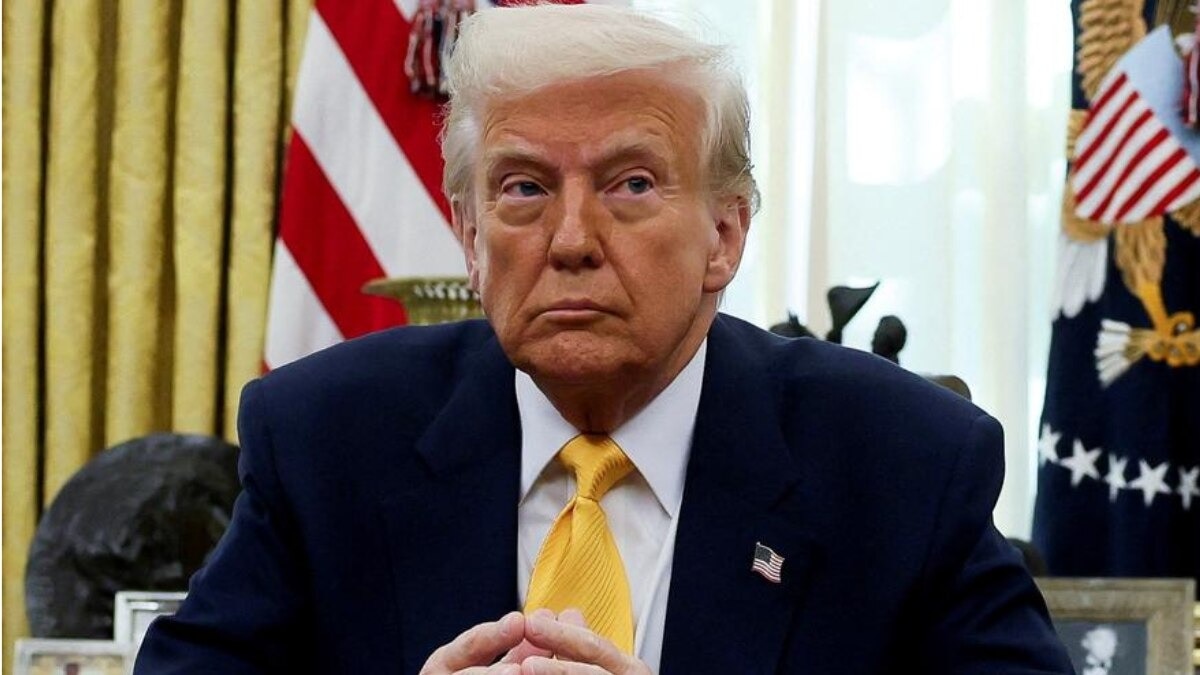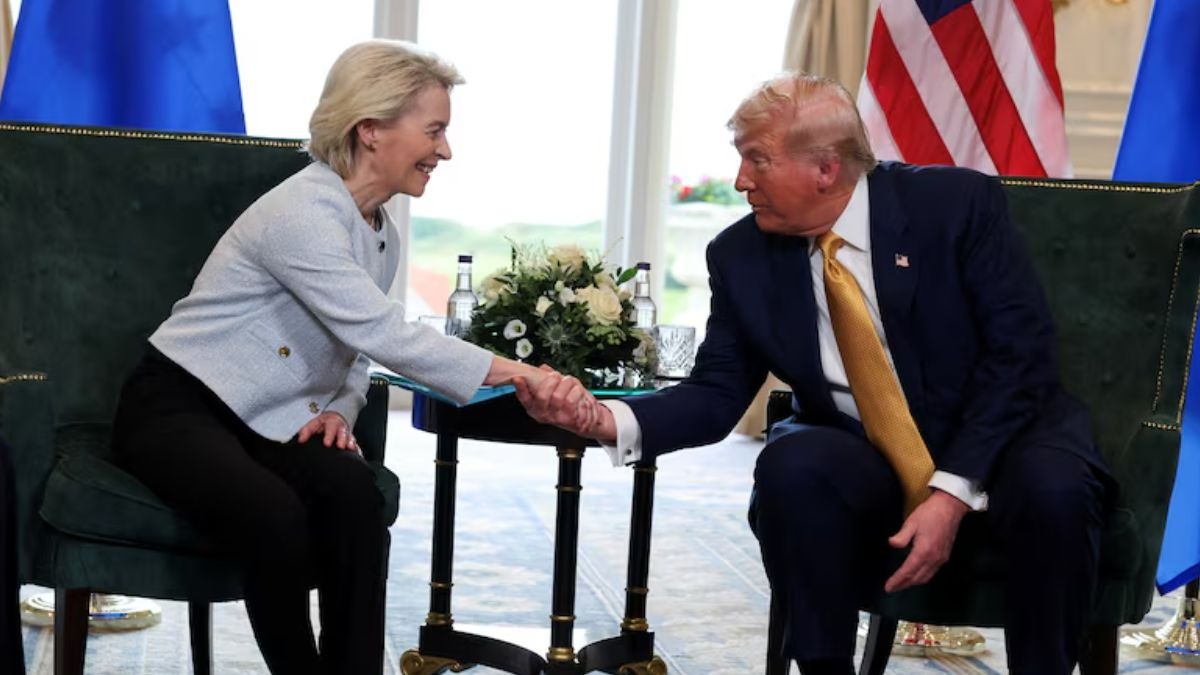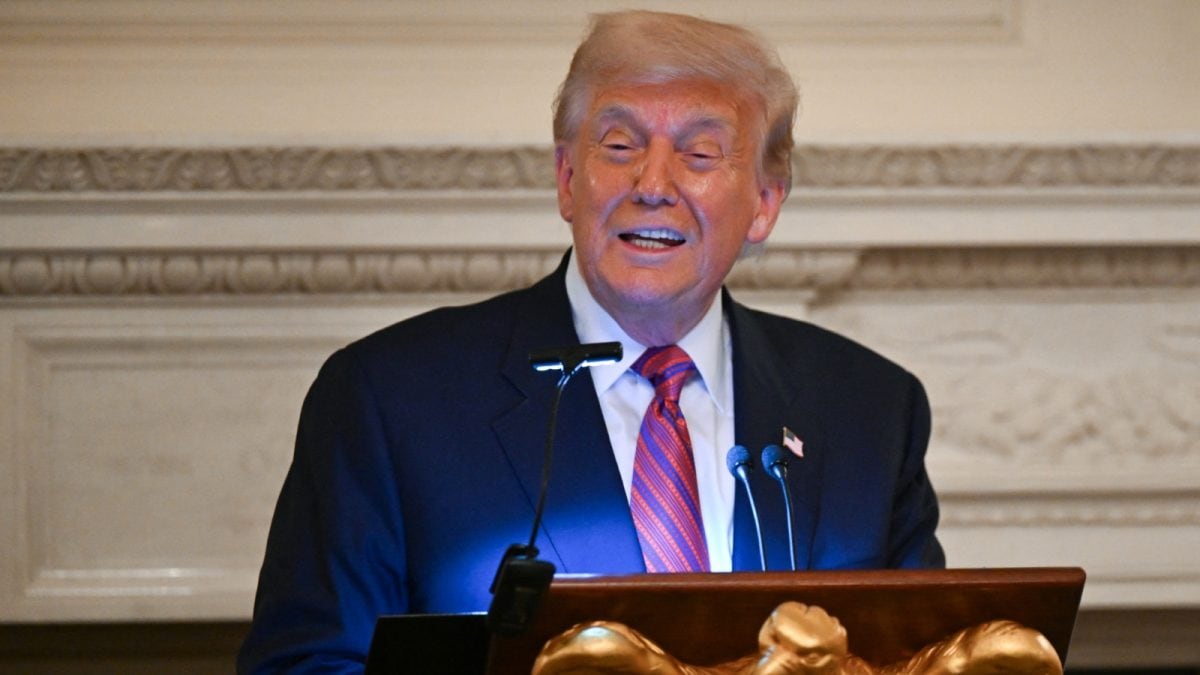The US has been criticising China's state-backed economic system, which it says floods global markets with cheap goods. Meanwhile, China argues that US export controls are unfairly targeting its tech sector.
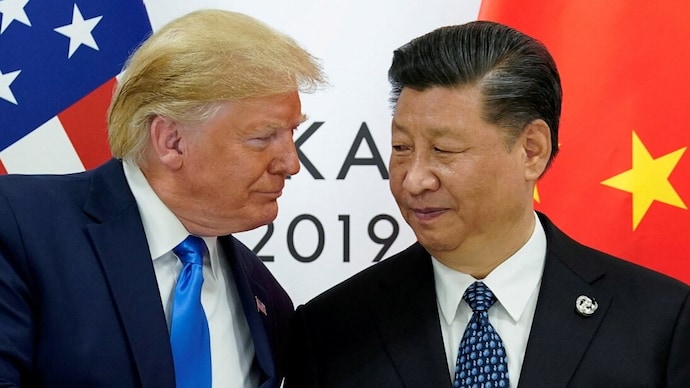
President Donald Trump secured a major breakthrough in trade deal with the European Union. (File Photo)
After weeks of silence, senior negotiators from the United States and China met in Stockholm on Monday to restart trade talks aimed at resolving long-standing economic disputes. The meeting comes days before an August 12 deadline to reach a deal and avoid a sharp increase in tariffs that could further disrupt global trade.
US Treasury Secretary Scott Bessent and Chinese Vice Premier He Lifeng led the talks. The meeting follows a temporary trade truce in mid-May and a draft deal in June, which helped ease tension between the two countries.
However, if no long-term solution is reached by the August 12 deadline, both sides may impose retaliatory tariffs of over 100% on certain goods.
While President Donald Trump secured a major breakthrough in trade deal with the European Union during his visit to Scotland. As part of that agreement, the EU accepted a 15% tariff on exports to the US and promised $600 billion in investments, along with large purchases of US energy and military equipment.
However, no similar breakthrough is expected with China, reports claimed that both sides may agree to extend the current truce for another 90 days. This would give negotiators more time to work out a broader agreement and could set the stage for a possible meeting between Trump and Chinese President Xi Jinping later this year.
TARIFS KEEP TENSIONS HIGH
According to the South China Morning Post, both sides are likely to hold off on new tariffs for another 90 days.
"We're very close to a deal with China. We really sort of made a deal with China, but we'll see how that goes," President Trump said.
While the current talks focus mainly on tariffs and halted exports like rare earth minerals and US-made AI chips, deeper economic issues remain unresolved. The US has been criticising China’s state-backed economic system, which it says floods global markets with cheap goods. Meanwhile, China argues that US export controls are unfairly targeting its tech sector.
WILL TRUMP AND XI MEET?
There is speculation that President Trump may visit China later this year. A successful round of talks in Stockholm has opened the door to that possibility, according to Wendy Cutler of the Asia Society Policy Institute.
Bessent has stated that he wants to extend the current tariff truce past August 12 to avoid a surge in import duties — which could jump to 145% on the US side.
China is also likely to ask the US to lower the 55% average tariffs it currently faces and ease restrictions on buying American high-tech goods. Beijing argues that buying more from the US could help reduce the trade deficit, which reached $295.5 billion in 2024.
- Ends
With inputs from Reuters
Published By:
Satyam Singh
Published On:
Jul 28, 2025

 6 hours ago
6 hours ago



